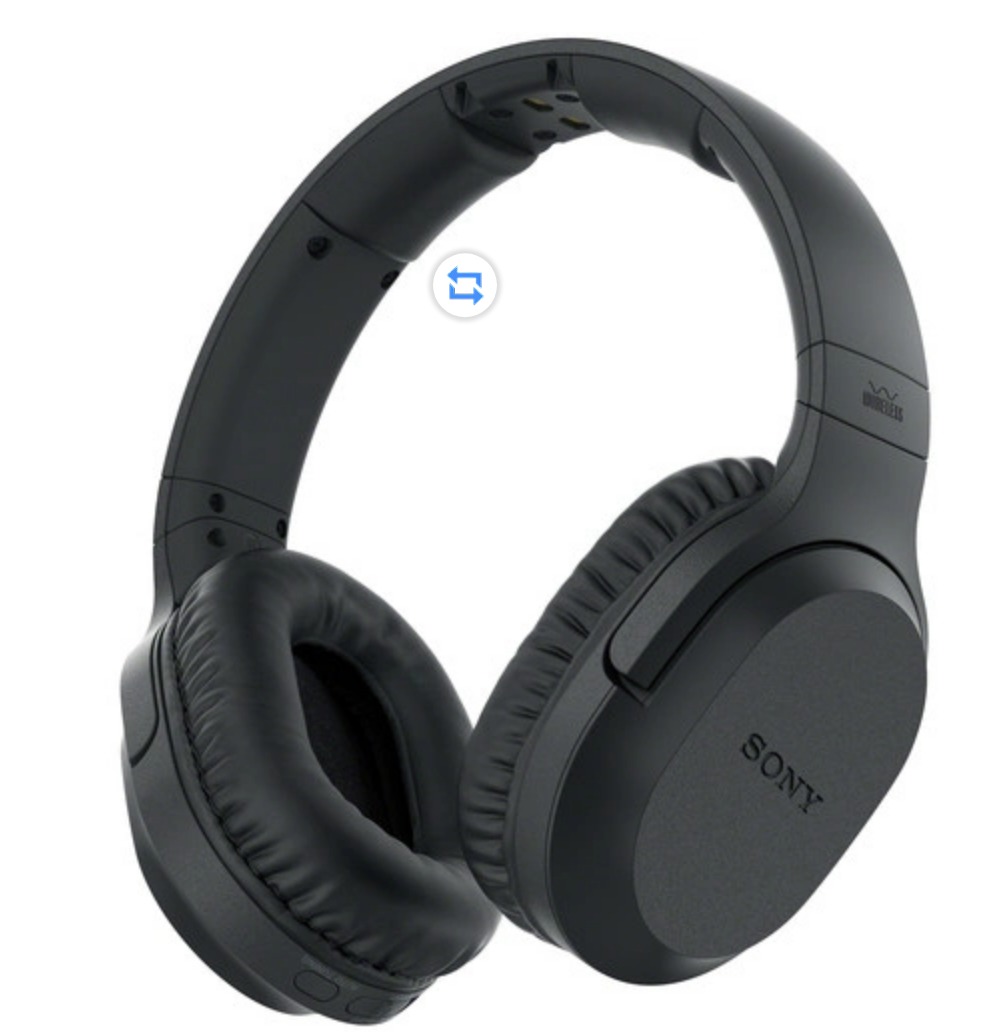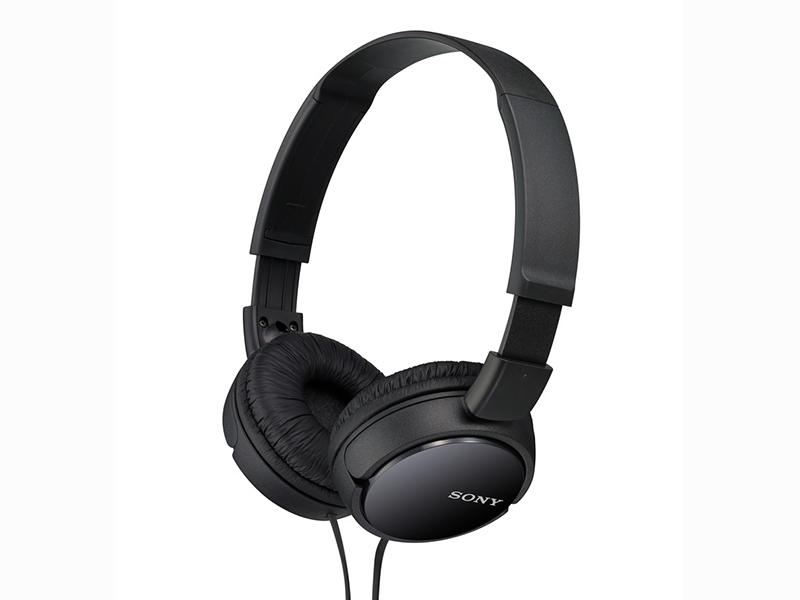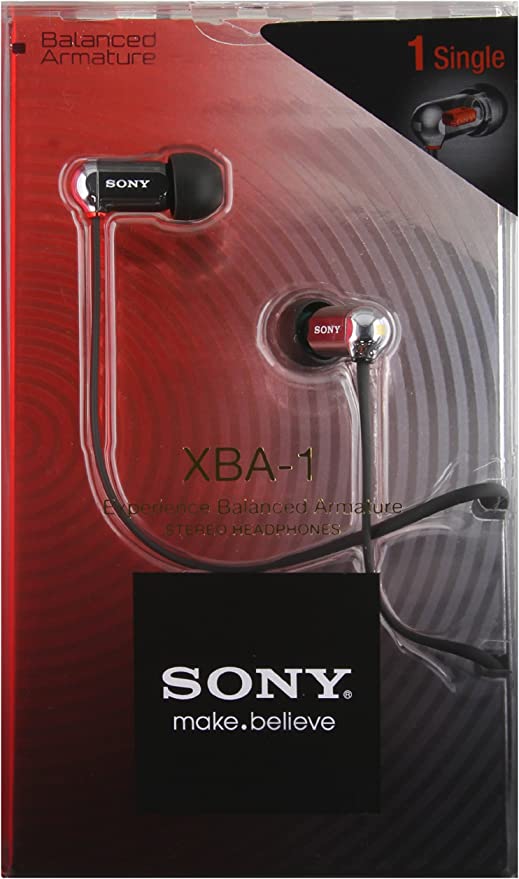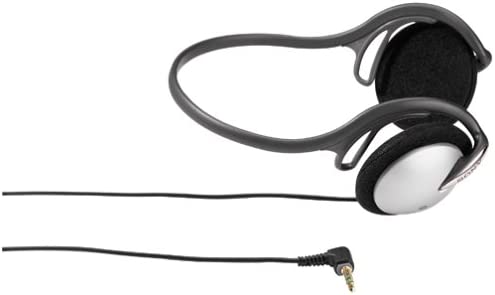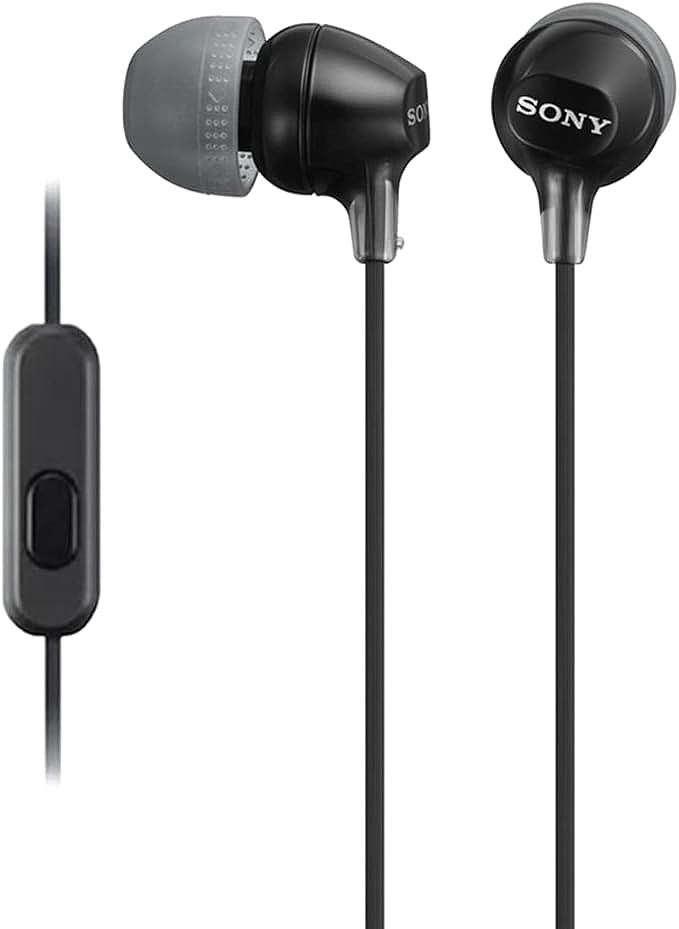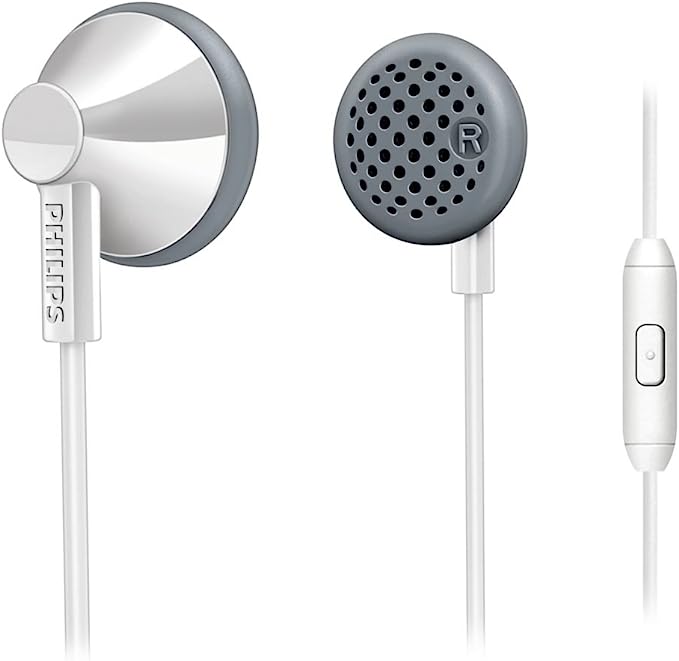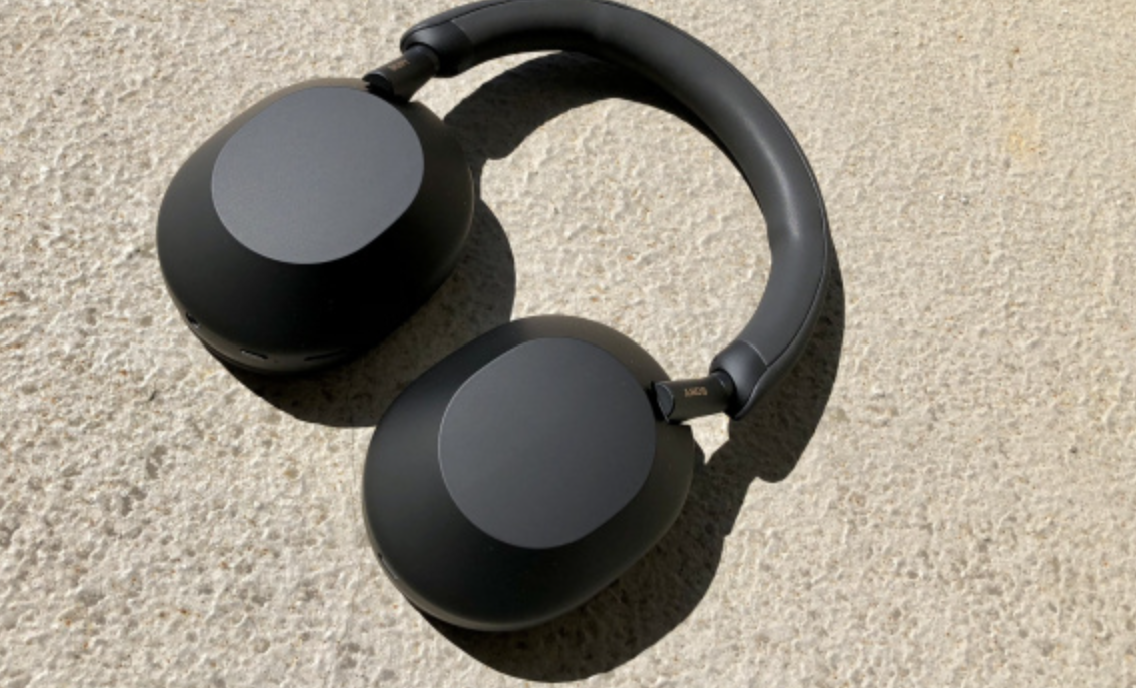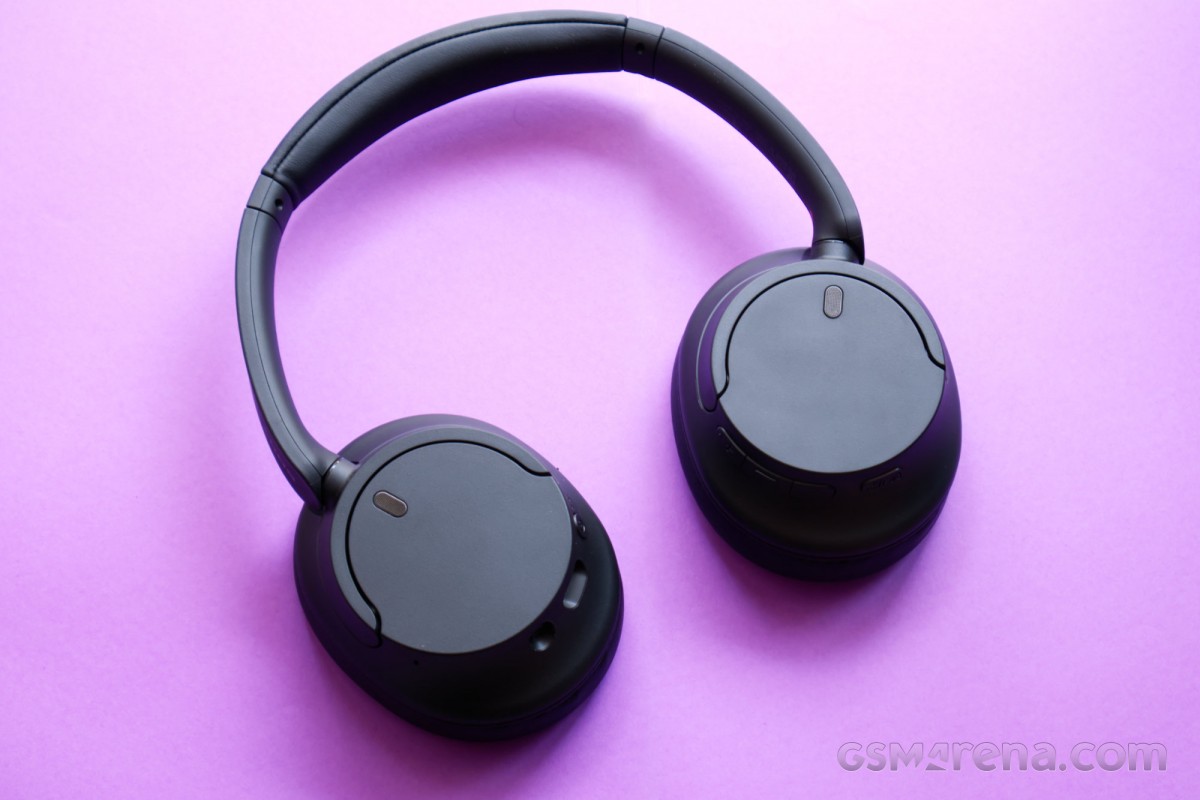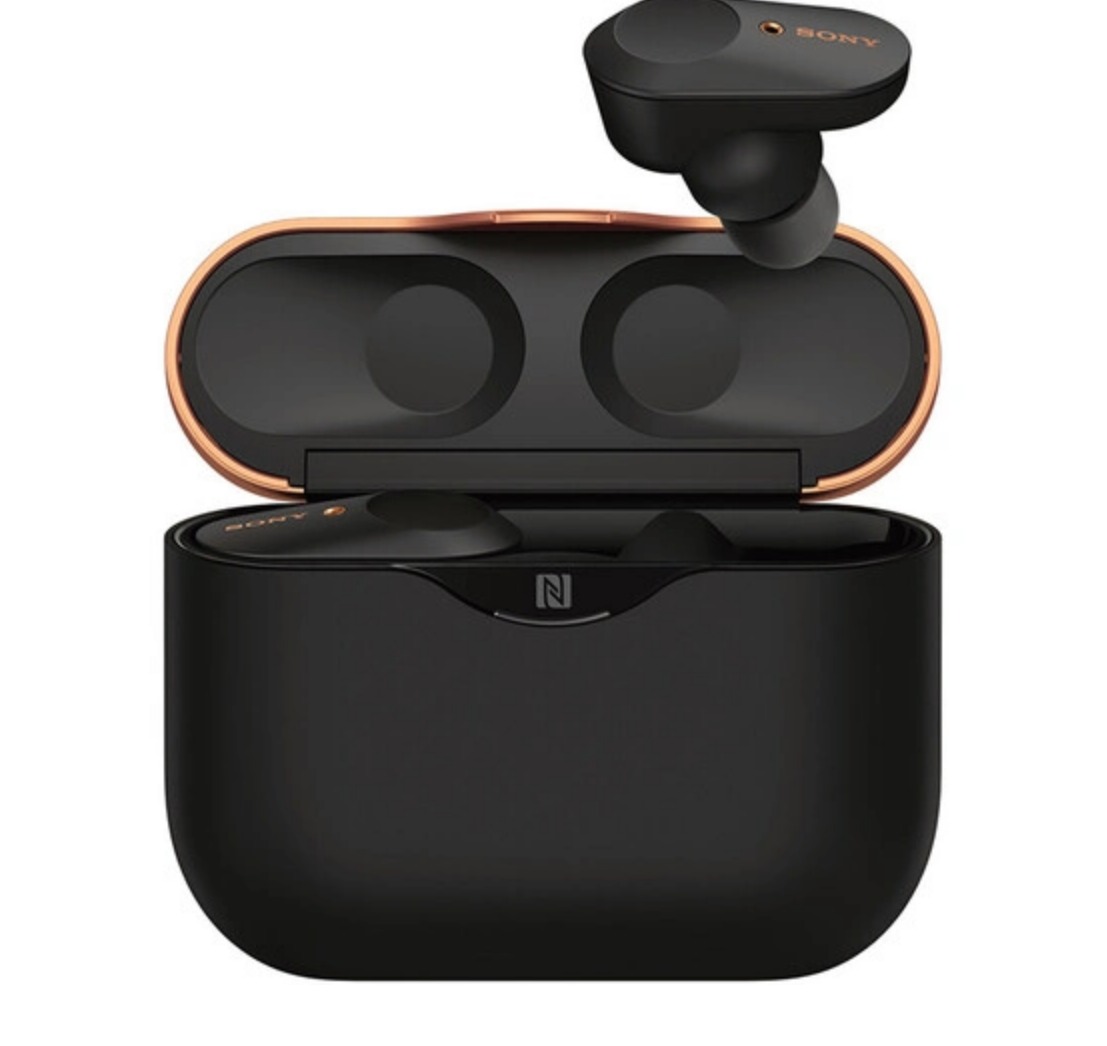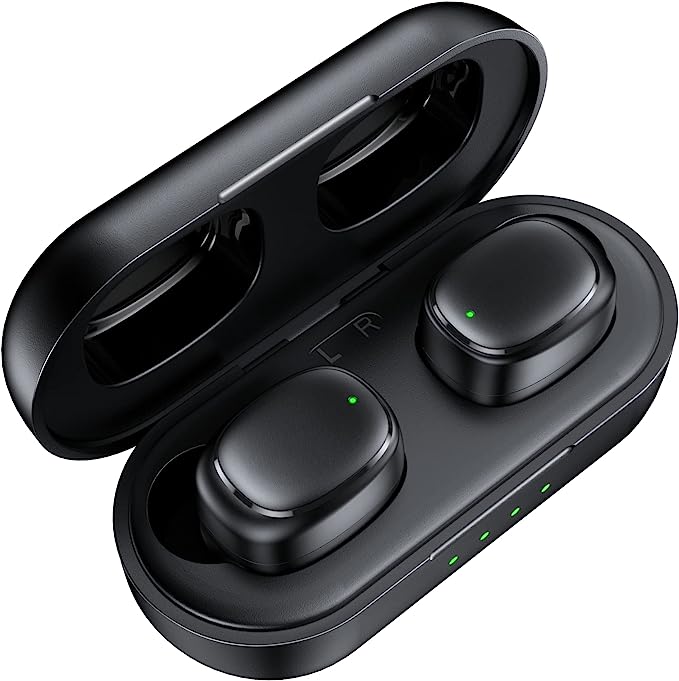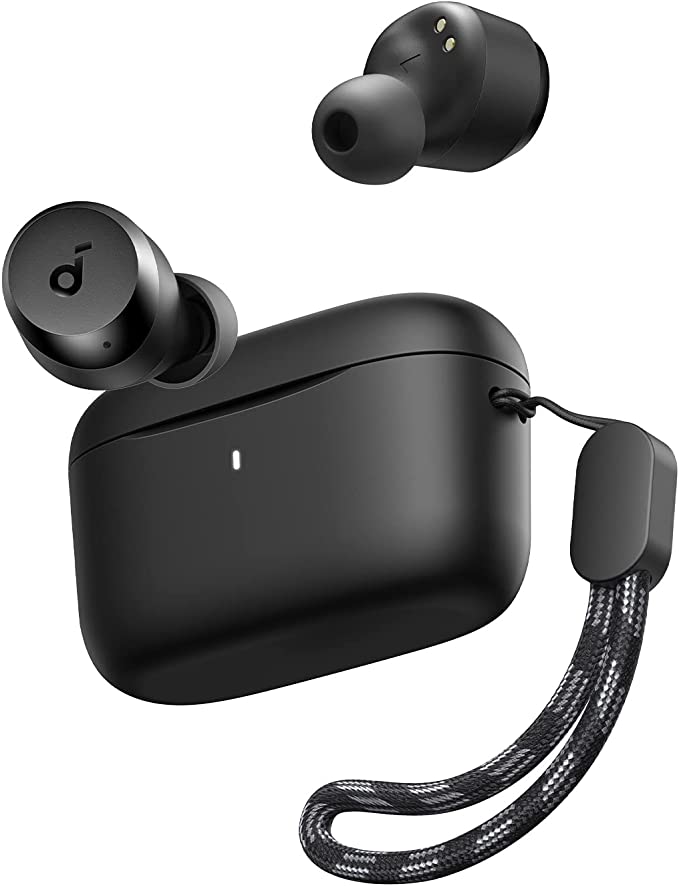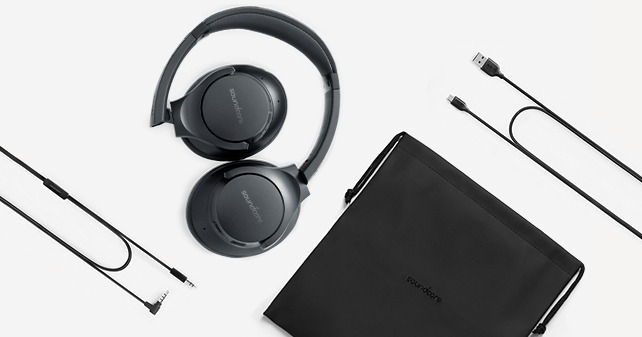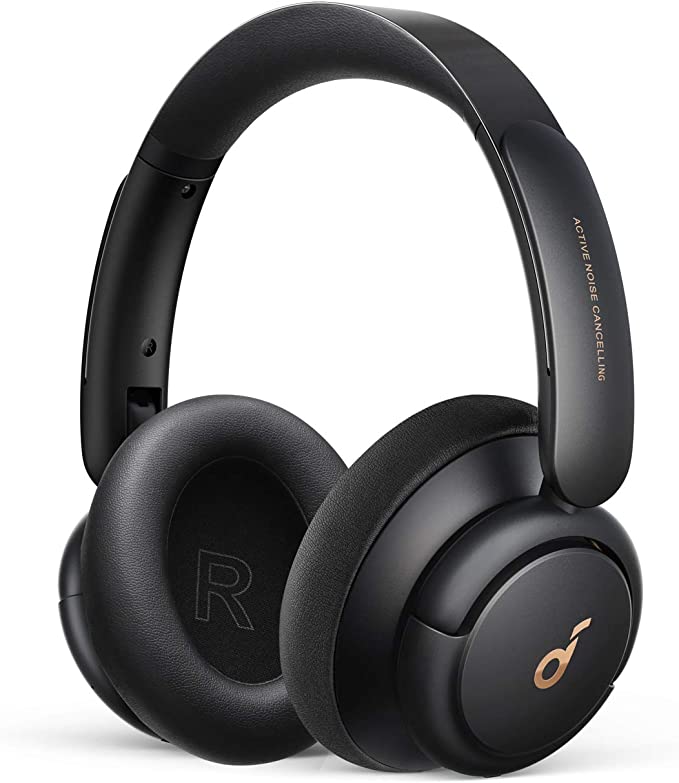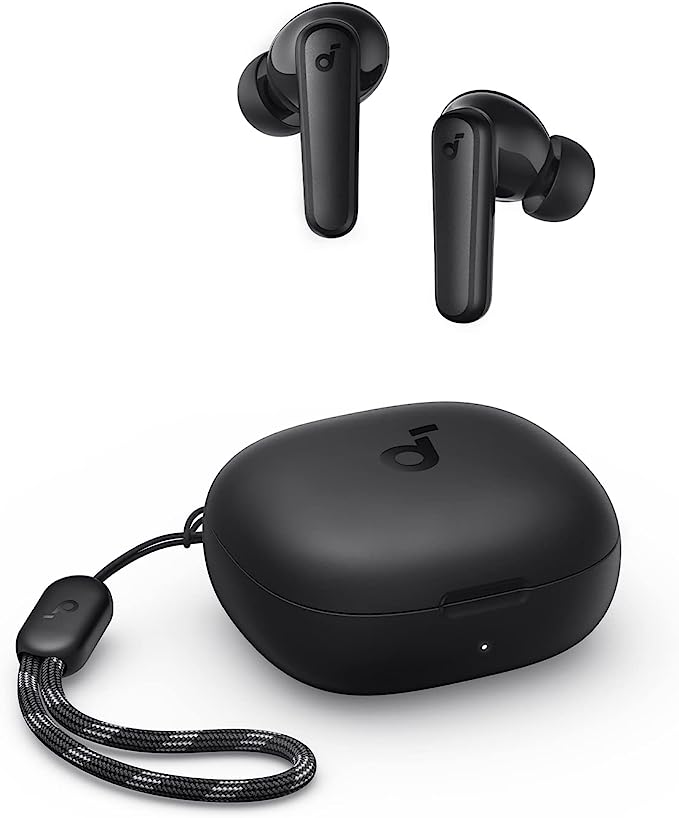Sony SACS9 Subwoofer: Deep Dive into Powerful, Accurate Bass for Home Theater
Update on March 8, 2025, 8:35 a.m.
You’re watching a blockbuster movie. A spaceship explodes in a fiery ball of light. You see it, but…do you feel it? That visceral rumble, the pressure wave that hits your chest, is often missing from home theater setups. It’s the domain of the unsung hero of audio: the subwoofer. And the Sony SACS9 is a prime example of how science and engineering combine to deliver that powerful, immersive experience.

A Brief History of Boom
The quest for deep bass is almost as old as audio recording itself. In the early days of cinema, massive organ systems were used to create low-frequency effects. The 1970s saw the rise of “Sensurround” in movie theaters, using large, specialized speakers to generate infrasonic frequencies (below the range of human hearing) that you could literally feel. These early attempts were impressive, but often impractical for home use. The modern subwoofer, as we know it, began to take shape in the 1960s and 70s, driven by advancements in speaker design and amplifier technology. The goal was to create a dedicated speaker that could handle the demanding task of reproducing low frequencies accurately and powerfully.
The Physics of Feeling
What makes bass so different? It all comes down to physics. Sound travels in waves, and the distance between the peaks of those waves is called the wavelength. Low-frequency sounds have very long wavelengths. Think of it like this: a high-pitched sound, like a bird’s chirp, has short, rapid waves. A low-frequency sound, like a bass drum, has long, slow waves.
These long wavelengths pose a unique challenge. They’re more likely to interact with the dimensions of your room, creating what are called “standing waves.” Imagine dropping a pebble into a calm pond. The ripples spread out evenly. Now imagine dropping that pebble into a bathtub. The ripples bounce off the sides, creating areas where the waves combine and get bigger (boomy spots) and areas where they cancel each other out (dead spots). This is similar to what happens with bass frequencies in your listening room.
Another key concept is resonance. Every object has a natural frequency at which it vibrates most easily. Think of a swing set. If you push it at just the right frequency, it swings higher and higher. If you push it at the wrong frequency, it barely moves. A poorly designed subwoofer can resonate at unwanted frequencies, creating a muddy, distorted sound.

Why Your Speakers Need Help
Most speakers, even floor-standing models, struggle to reproduce the lowest frequencies effectively. This is because moving the large amount of air required to create those long wavelengths requires a large driver (the part of the speaker that moves back and forth) and a lot of power. Trying to force a small speaker to produce deep bass results in distortion and a lack of impact. It’s like asking a small car to tow a large trailer – it just isn’t designed for the job.
Meet the Sony SACS9
The Sony SACS9 is a 10-inch active subwoofer designed to solve this problem. It’s a dedicated speaker, with its own built-in amplifier, specifically engineered to handle the demanding task of reproducing low frequencies accurately and powerfully. It’s the missing piece of the puzzle that brings your home theater to life. The main features include a Mica Reinforced Cellular (MRC) woofer cone, a 115W RMS amplifier, motion feedback technology, and a bass reflex enclosure.
Decoding the Tech
Let’s take a closer look at the technology that makes the SACS9 deliver such impressive bass:
-
The MRC Cone: Strength and Lightness: The heart of the SACS9 is its 10-inch woofer, the part that actually moves the air to create sound. Instead of using a traditional paper cone, Sony uses a material called Mica Reinforced Cellular (MRC). Imagine a honeycomb structure – it’s incredibly strong and rigid, but also very lightweight. This is crucial for a subwoofer. The cone needs to be strong enough to withstand the powerful forces generated by the amplifier, but also light enough to respond quickly to changes in the audio signal. A heavier cone would be sluggish, resulting in muddy bass. The MRC’s design means it can push large volumes of air, accurately.
-
The Amplifier: Power with Precision: The SACS9 is an active subwoofer, meaning it has its own built-in amplifier. This isn’t just a matter of convenience; it’s about optimization. The amplifier is specifically designed to work with the SACS9’s woofer, ensuring optimal performance. Sony rates this amplifier at 115W RMS (Root Mean Square). RMS is a measure of continuous power, the kind of power the amplifier can sustain over time. It’s a much more honest and useful measurement than “peak power,” which can be misleadingly high. 115W RMS is plenty of power to drive the SACS9 to room-filling levels without distortion.
-
Motion Feedback: Keeping it Clean: Even with a great woofer and amplifier, distortion can creep in. This is where Sony’s Motion Feedback technology comes into play. Think of it as a quality control system for the subwoofer. It uses a special circuit to constantly monitor the movement of the woofer cone. If the circuit detects any deviations from the original audio signal – any inaccuracies or distortions – it instantly sends a corrective signal to the amplifier. This helps to ensure that the bass you hear is clean, accurate, and true to the source. It’s analogous to noise-canceling headphones, but instead of canceling external noise, it cancels internal distortion.
-
The Bass Reflex Design: Harnessing the Power of Air: The SACS9 isn’t just a woofer in a box. It’s a carefully engineered enclosure designed to maximize bass output. It uses what’s called a “bass reflex” design, also known as a ported enclosure. You’ll notice a port, or opening, on the cabinet. This isn’t just a hole; it’s a precisely tuned vent that allows air to move in and out of the enclosure.
Here’s how it works: When the woofer moves backward, it creates pressure inside the enclosure. This pressure pushes air out of the port. The air moving out of the port is in phase with the sound coming directly from the woofer, meaning they reinforce each other. This effectively increases the subwoofer’s efficiency at low frequencies, allowing it to produce deeper, louder bass with less power. It’s like getting a boost from a turbocharger in a car. The port is tuned to a specific frequency, determined by its size and length, to optimize the subwoofer’s performance.

Beyond the Specs: The Listening Experience
All this technology translates to a significant improvement in your listening experience. In movies, explosions become more impactful, creating a sense of scale and realism. The rumble of a spaceship’s engines or the stomp of a dinosaur’s foot becomes something you feel, not just hear.
In music, the SACS9 adds depth and richness. Bass guitars and kick drums become more defined and powerful. Electronic music gains a visceral impact. Even acoustic music benefits, with the subtle low frequencies of a cello or double bass adding warmth and body to the sound. The subwoofer also frees up your main speakers to perform at their best.
For gamers, a subwoofer like the SACS9 adds another layer of immersion. The thud of footsteps, the roar of engines, and the impact of explosions all become more realistic, drawing you deeper into the game world.
Setting Up for Success
Getting the most out of your SACS9 involves a little bit of setup. You’ll connect it to your AV receiver using a standard RCA cable (often called a subwoofer cable or a coaxial cable), plugging it into the receiver’s “subwoofer out” or “LFE” (Low-Frequency Effects) output.
Placement is also crucial. Because low frequencies are less directional than high frequencies, you have more flexibility in where you place your subwoofer. However, placing it in a corner can often enhance bass output (due to the way the sound waves interact with the walls). Experiment with different locations to find what sounds best in your room. You’ll also want to adjust the subwoofer’s crossover frequency (the point at which the subwoofer takes over from your main speakers) and its level (volume) to achieve a seamless blend with the rest of your system.
The Future of Bass
The Sony SACS9 represents a significant step forward in subwoofer technology, but the quest for even better bass continues. One growing trend is wireless subwoofers, which offer greater placement flexibility without the need to run cables across the room. Another is the increasing use of digital signal processing (DSP) to automatically calibrate the subwoofer to your room’s acoustics, compensating for those pesky standing waves and other acoustic anomalies.

Conclusion: Feeling the Difference
A good subwoofer, like the Sony SACS9, isn’t just about more bass; it’s about better bass. It’s about creating a more complete, immersive, and emotionally engaging audio experience. It’s about feeling the rumble of an explosion, the thump of a bass drum, and the roar of a crowd. It’s about bringing your movies, music, and games to life. It’s the difference between hearing the sound and feeling it.
